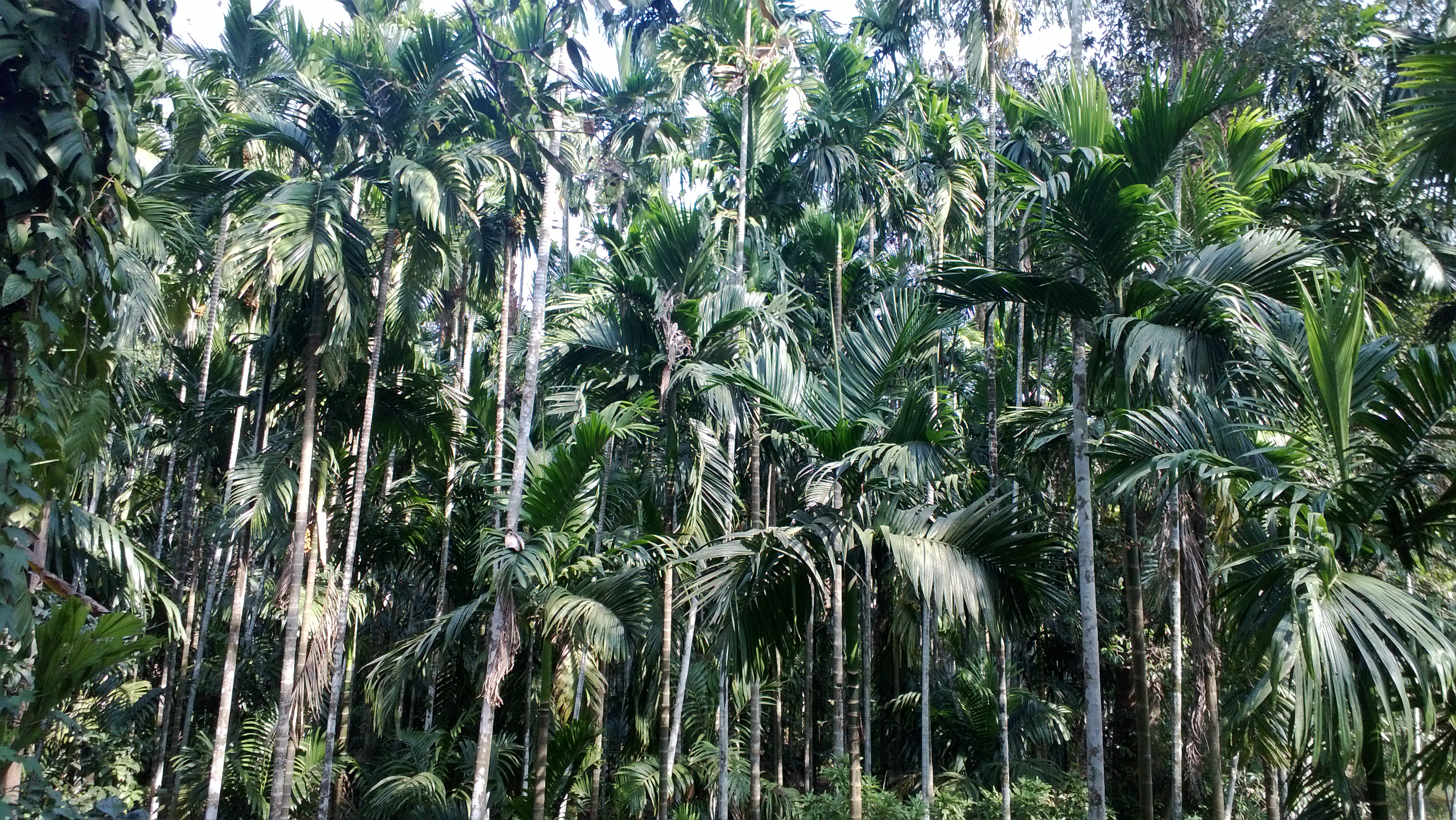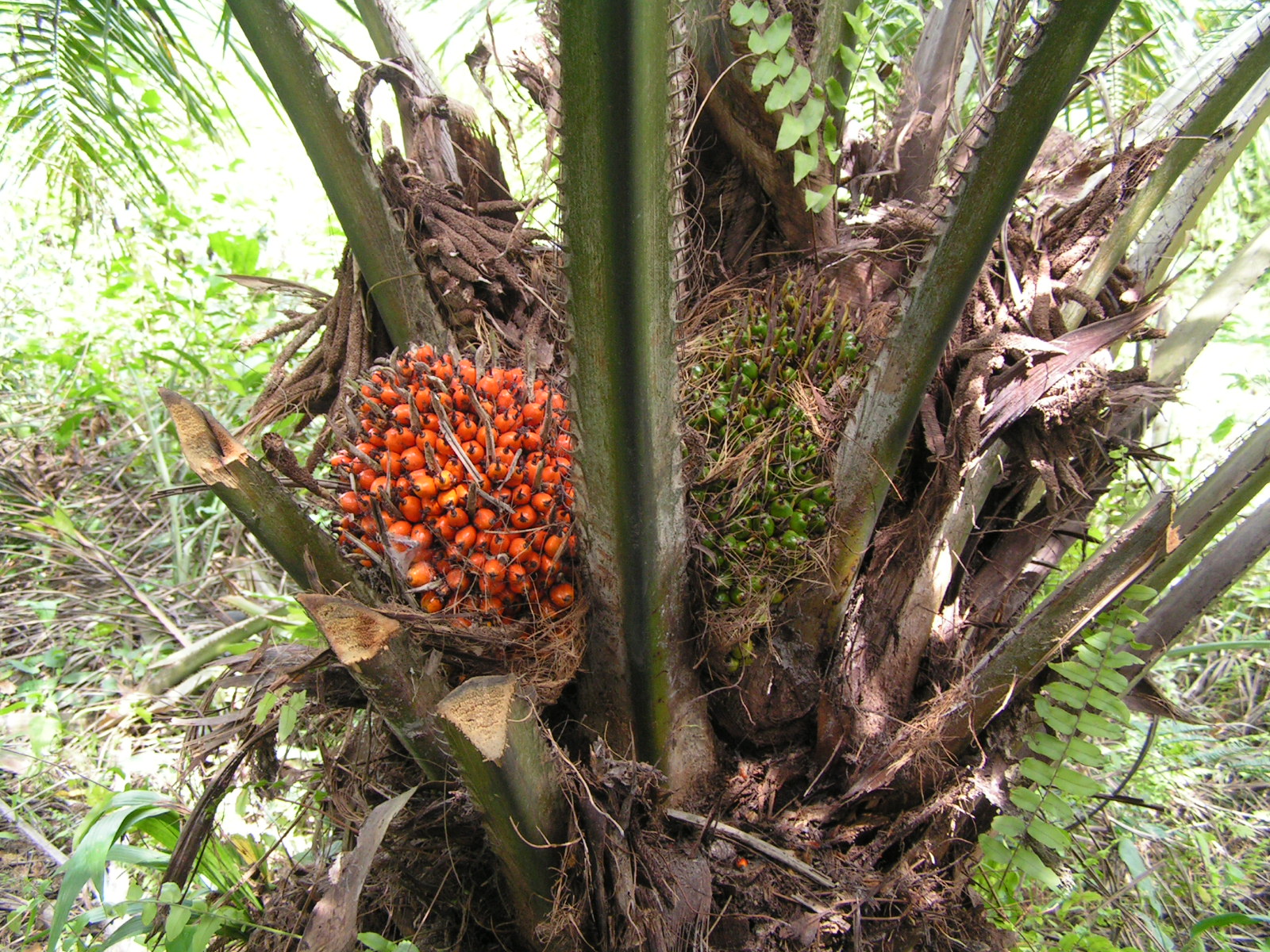|
Tirathaba Mundella
''Tirathaba mundella'', the oil palm bunch moth, is a species of snout moth. It is found in Malaysia Malaysia ( ; ) is a country in Southeast Asia. The federation, federal constitutional monarchy consists of States and federal territories of Malaysia, thirteen states and three federal territories, separated by the South China Sea into two r .... The larvae feed on '' Areca catechu'', '' Elaeis guineensis'', '' Mangifera indica'' and '' Nephelium lappaceum''. They bore into unopened spathes and feed on the tender floral parts. They may also attack tender nuts. References Moths described in 1864 Tirathabini Pests of oil palm Moths of Japan {{Galleriinae-stub ... [...More Info...] [...Related Items...] OR: [Wikipedia] [Google] [Baidu] |
Francis Walker (entomologist)
Francis Walker (31 July 1809 – 5 October 1874) was an English entomologist. He was born in Southgate, London, on 31 July 1809 and died at Wanstead, England on 5 October 1874. He was one of the most prolific authors in entomology, and stirred controversy during his later life as his publications resulted in a huge number of junior synonyms. However, his assiduous work on the collections of the British Museum had great significance. Between June 1848 and late 1873 Walker was contracted by John Edward Gray Director of the British Museum to catalogue their insects (except Coleoptera) that is Orthoptera, Neuroptera, Hemiptera, Diptera, Lepidoptera and Hymenoptera. Walker largely accomplished this and (Edwards, 1870) wrote of the plan and by implication those who implemented it “It is to him raythat the Public owe the admirable helps to the study of natural history which have been afforded by the series of inventories, guides, and nomenclatures, the publication of which beg ... [...More Info...] [...Related Items...] OR: [Wikipedia] [Google] [Baidu] |
Pyralidae
The Pyralidae, commonly called pyralid moths, snout moths or grass moths, are a family of Lepidoptera in the ditrysian superfamily Pyraloidea. In many (particularly older) classifications, the grass moths (Crambidae) are included in the Pyralidae as a subfamily, making the combined group one of the largest families in the Lepidoptera. The latest review by Eugene G. Munroe and Maria Alma Solis retain the Crambidae as a full family of Pyraloidea. The wingspans for small and medium-sized species are usually between with variable morphological features. It is a diverse group, with more than 6,000 species described worldwide, and more than 600 species in America north of Mexico, comprising the third largest moth family in North America. At least 42 species have been recorded from North Dakota in the subfamilies of Pyralidae. Relationship with humans Most of these small moths are inconspicuous. Many are economically important pests, including waxworms, which are the caterpillar ... [...More Info...] [...Related Items...] OR: [Wikipedia] [Google] [Baidu] |
Malaysia
Malaysia ( ; ) is a country in Southeast Asia. The federation, federal constitutional monarchy consists of States and federal territories of Malaysia, thirteen states and three federal territories, separated by the South China Sea into two regions: Peninsular Malaysia and Borneo's East Malaysia. Peninsular Malaysia shares a land and maritime Malaysia–Thailand border, border with Thailand and Maritime boundary, maritime borders with Singapore, Vietnam, and Indonesia. East Malaysia shares land and maritime borders with Brunei and Indonesia, and a maritime border with the Philippines and Vietnam. Kuala Lumpur is the national capital, the country's largest city, and the seat of the Parliament of Malaysia, legislative branch of the Government of Malaysia, federal government. The nearby Planned community#Planned capitals, planned capital of Putrajaya is the administrative capital, which represents the seat of both the Government of Malaysia#Executive, executive branch (the Cabine ... [...More Info...] [...Related Items...] OR: [Wikipedia] [Google] [Baidu] |
Areca Catechu
''Areca catechu'' is a species of palm which grows in much of the tropical Pacific, Asia, and parts of east Africa. The palm is believed to have originated in the Philippines, but is widespread in cultivation and is considered naturalized in southern China (Guangxi, Hainan, Yunnan), Taiwan, India, Bangladesh, the Maldives, Sri Lanka, Cambodia, Laos, Thailand, Vietnam, Malaysia, Indonesia, New Guinea, many of the islands in the Pacific Ocean, and also in the West Indies. Common names in English include areca palm, areca nut palm, betel palm, betel nut palm, Indian nut, Pinang palm and catechu. In English this palm is called the betel tree because its fruit, the areca nut, is often chewed along with the betel leaf, a leaf from a vine of the family Piperaceae. Characteristics Growth ''Areca catechu'' is a medium-sized palm tree, growing straight to tall, with a trunk in diameter. The leaves are long, pinnate, with numerous, crowded leaflets. Chemical composition The see ... [...More Info...] [...Related Items...] OR: [Wikipedia] [Google] [Baidu] |
Elaeis Guineensis
''Elaeis guineensis'' is a species of palm commonly just called oil palm but also sometimes African oil palm or macaw-fat. It is the principal source of palm oil. It is native to west and southwest Africa, specifically the area between Angola and the Gambia; the species name, ''guineensis'', refers to the name for the area, Guinea, and not the modern country now bearing that name. The species is also now naturalised in Madagascar, Sri Lanka, Malaysia, Indonesia, Central America, Cambodia, the West Indies, and several islands in the Indian and Pacific Oceans. The closely related American oil palm ''Elaeis oleifera'' and a more distantly related palm, ''Attalea maripa'', are also used to produce palm oil. ''E. guineensis'' was domesticated in West Africa along the south-facing Atlantic coast. There is insufficient documentation and insufficient research to make any guesses as to when this occurred. Human use of oil palms may date as far back as 5,000 years in Egypt; in the late ... [...More Info...] [...Related Items...] OR: [Wikipedia] [Google] [Baidu] |
Mangifera Indica
''Mangifera indica'', commonly known as mango, is a species of flowering plant in the family Anacardiaceae. It is a large fruit tree, capable of growing to a height of . There are two distinct genetic populations in modern mangoesthe "Indian type" and the "Southeast Asian type". Description It is a large green tree, valued mainly for its fruits, both green and ripe. Approximately 500 Variety (botany), varieties have been reported in India. It can grow up to tall with a similar crown width and a trunk circumference of more than . The leaves are simple, shiny and dark green. Red-yellow flowers appear at the end of winter, and also at the beginning of spring. Both male and female flowers are borne on same tree. Climatic conditions have a significant influence on the time of flowering. In South Asia, flowering starts in December in the south, in January in Bihar and Bengal, in February in eastern Uttar Pradesh, and in February–March in northern India. The duration of flowering is ... [...More Info...] [...Related Items...] OR: [Wikipedia] [Google] [Baidu] |
Nephelium Lappaceum
Rambutan (; taxonomic name: ''Nephelium lappaceum'') is a medium-sized tropical tree in the family Sapindaceae. The name also refers to the edible fruit produced by this tree. The rambutan is native to Southeast Asia. It is closely related to several other edible List of culinary fruits#Tropical and tropical-like fruit, tropical fruits including the lychee, longan, pulasan and guinep. Etymology The name "rambutan" is derived from the Malay language, Malay word ''rambut'' meaning 'hair' referring to the numerous hairy protuberances of the fruits, together with the noun-building suffix ''-an''. Similarly, in Vietnam, they are called ''chôm chôm'' (meaning 'messy hair'). Origin and distribution The center of genetic diversity for rambutans is the Malaysian−Indonesian region. They have been widely cultivated in southeast Asia areas, such as Malaysia, Thailand, Myanmar, Sri Lanka, Indonesia, Singapore, and the Philippines. It has spread from there to parts of Asia, Africa, Ocea ... [...More Info...] [...Related Items...] OR: [Wikipedia] [Google] [Baidu] |
Centre For Agriculture And Bioscience International
CABI (legally CAB International, formerly Commonwealth Agricultural Bureaux) is a nonprofit intergovernmental development and information organisation focusing primarily on agricultural and environmental issues in the developing world, and the creation, curation, and dissemination of scientific knowledge. Overview CABI is an international not-for-profit organisation. Their work is delivered through teams of CABI scientists and key partners working in over 40 countries across the world. CABI states its mission as "improving people’s lives worldwide by solving problems in agriculture and the environment". These problems include loss of crops caused by pests and diseases, invasive weeds and pests that damage farm production and biodiversity, and lack of global access to scientific research. Funding CABI states that only 3% of its revenue comes from core funding. Donors listed in the company's 2014 financial report include the UK's Department for International Development ( ... [...More Info...] [...Related Items...] OR: [Wikipedia] [Google] [Baidu] |
Moths Described In 1864
Moths are a paraphyletic group of insects that includes all members of the order Lepidoptera that are not butterflies, with moths making up the vast majority of the order. There are thought to be approximately 160,000 species of moth, many of which have yet to be described. Most species of moth are nocturnal, but there are also crepuscular and diurnal species. Differences between butterflies and moths While the butterflies form a monophyletic group, the moths, comprising the rest of the Lepidoptera, do not. Many attempts have been made to group the superfamilies of the Lepidoptera into natural groups, most of which fail because one of the two groups is not monophyletic: Microlepidoptera and Macrolepidoptera, Heterocera and Rhopalocera, Jugatae and Frenatae, Monotrysia and Ditrysia.Scoble, MJ 1995. The Lepidoptera: Form, function and diversity. Oxford, UK: Oxford University Press; 404 p. Although the rules for distinguishing moths from butterflies are not well establishe ... [...More Info...] [...Related Items...] OR: [Wikipedia] [Google] [Baidu] |
Pests Of Oil Palm
PESTS was an anonymous American activist group formed in 1986 to critique racism, tokenism, and exclusion in the art world. PESTS produced newsletters, posters, and other print material highlighting examples of discrimination in gallery representation (including lists of New York galleries representing only white artists) and museum exhibitions. PESTS also publicized events and exhibits featuring artists, scholars, and curators of color. While the members of PESTS are not known, members of the Guerilla Girls have stated that a Black member of Guerrilla Girls founded PESTS. PESTS also used similar tactics, including highlighting statistical data on posters with text graphics. Posters and flyers produced by PESTS included statements such as "THERE ARE AT LEAST 11,009* ARTISTS OF COLOR IN NEW YORK ¿WHY WON'T YOU SEE US?" and "¿WHAT IS TOKENISM (ANSWER) WHEN YOU'VE SEEN ONE ARTIST OF COLOR BUT THINK YOU'VE SEEN TEN." Artist Howardena Pindell Howardena Pindell (born April 14, 194 ... [...More Info...] [...Related Items...] OR: [Wikipedia] [Google] [Baidu] |





